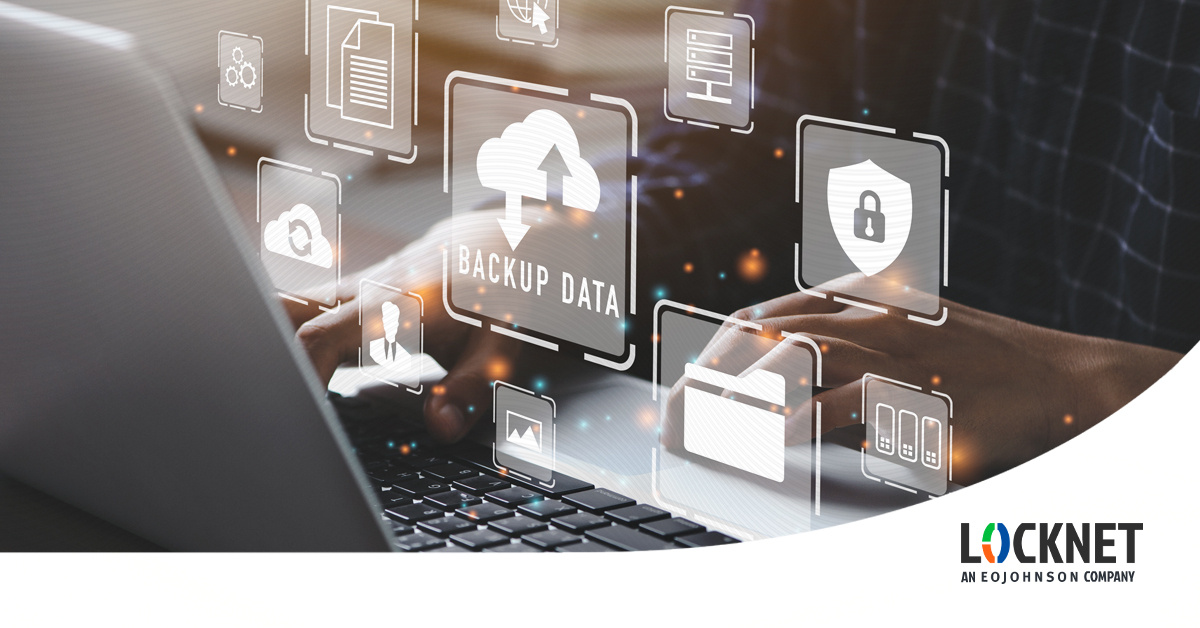Industries We Serve
World Class IT Support & Service
Real People. Right Now.
About Locknet® IT Services
From the first hello, the Locknet® team is dedicated to serving you and your needs.
Real People. Right Now.
From the first hello, the Locknet® team is dedicated to serving you and your needs.


Updated March 11, 2024
Disaster recovery planning is a critical aspect of a business continuity plan. We have seen an increase in disasters that can significantly impact IT infrastructure, and organizations are more prone to business downtime than ever before. Those include:
The productivity loss and reputational damage that businesses face with a disaster, along with the financial consequences, can have a catastrophic impact. According to FEMA, 40% of small businesses never reopen after a disaster and another 25% that do reopen will fail within a year. The stakes are high, so having a proactive plan in place to mitigate damage is crucial.
Disaster Recovery as a Service solutions are a great option for small and medium-sized businesses (SMBs) who don’t have the time, money, and resources required to maintain and test their own disaster recovery environment.
Disaster Recovery as a Service is a cloud service model that allows an organization to back up its data and IT infrastructure in a third-party cloud environment to regain access and functionality to IT infrastructure after a disaster. In the as-a-service model, the organization doesn’t have to own all the resources or handle disaster recovery management, and instead can rely on DRaaS providers to do so.
Managed Disaster Recovery as a Service should be considered for SMBs and other businesses with small IT teams who can’t afford the investment in time and resources for testing and implementing a disaster recovery plan. It can be a more affordable option than hosting your own disaster recovery infrastructure and IT staff in a remote location.
For many companies, DRaaS is a less costly and more effective solution than in-house disaster recovery. There are several benefits of DRaaS to consider:
DRaaS providers and recovery experts do the heavy lifting while your workforce focuses on revenue-generating initiatives.
Disaster Recovery as a Service solutions are a cost-effective way to eliminate downtime in the event of a disaster without the upfront costs of creating an IT infrastructure.
As your business grows, so does your IT environment. Because it’s a cloud service, DRaaS allows you to review and update your disaster recovery strategy easily as your business grows.
Downtime in a disaster will kill your business financially. Traditional in-house disaster recovery solutions can have prolonged downtimes, but utilizing managed Disaster Recovery as a Service can ensure your IT infrastructure is up and running in a disaster.
Be prepared and protect your business’s data and IT infrastructure from the unexpected disruptions of a ransomware attack, hardware failure, or building disaster. Regular backups are important, but they have no value if you cannot restore quickly and easily after disaster. Locknet’s manage Disaster Recovery as a Service offering is just one component of our comprehensive Managed IT service called Keysuite. It provides fully managed data backup, retention, disaster prevention, and recovery.
Locknet’s Reinforce® DRaaS includes:
Locknet’s credentialed IT security experts can perform an exhaustive security assessment of your organization and develop an action plan to address potential vulnerabilities and mitigate risks, including your disaster recovery environment.
Managed IT

Onalaska, WI Waterloo, IA Wausau, WI Eau Claire, WI Burnsville, MN
You are now leaving locknetmanagedit.com. Please check the privacy policy of the site you are visiting.